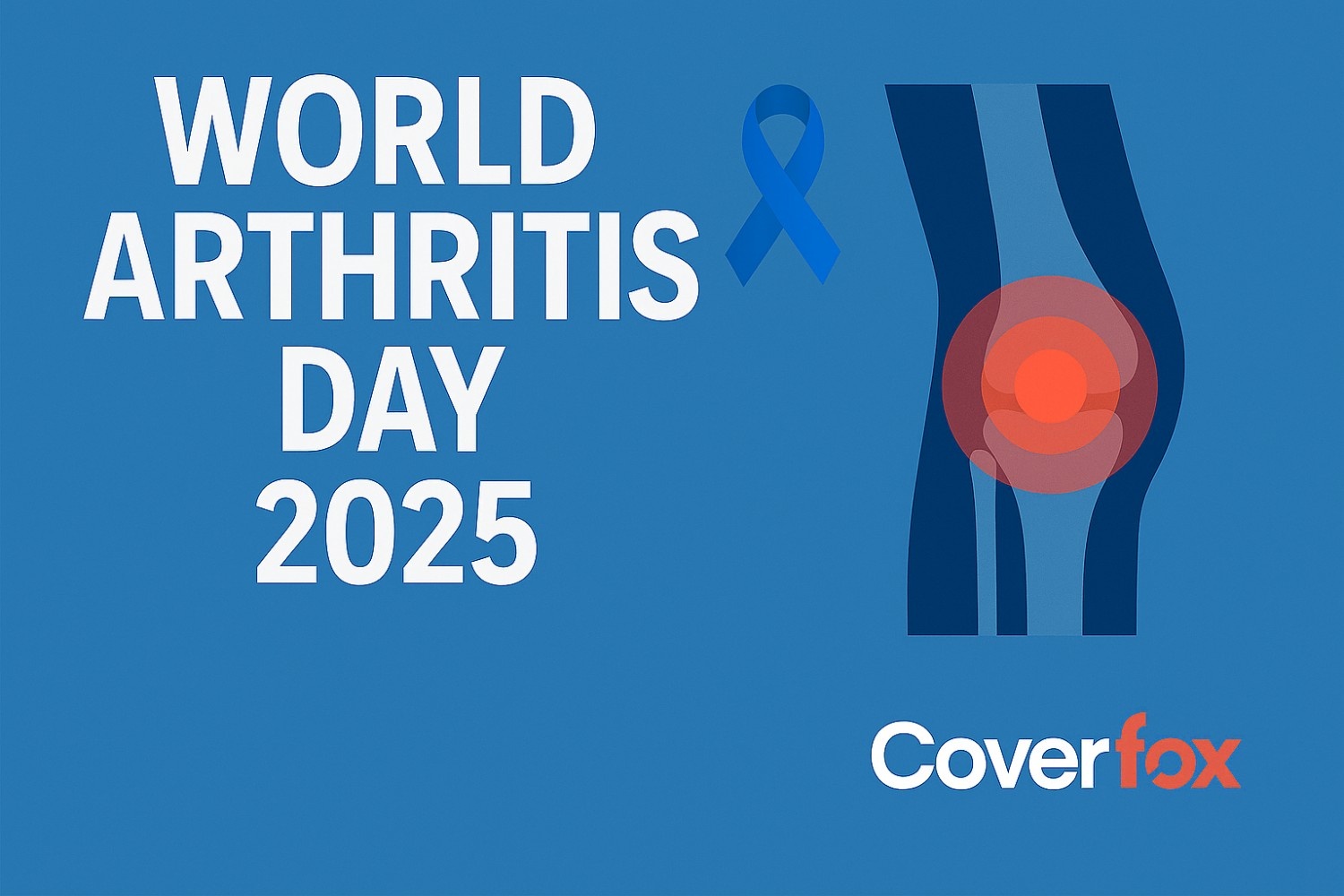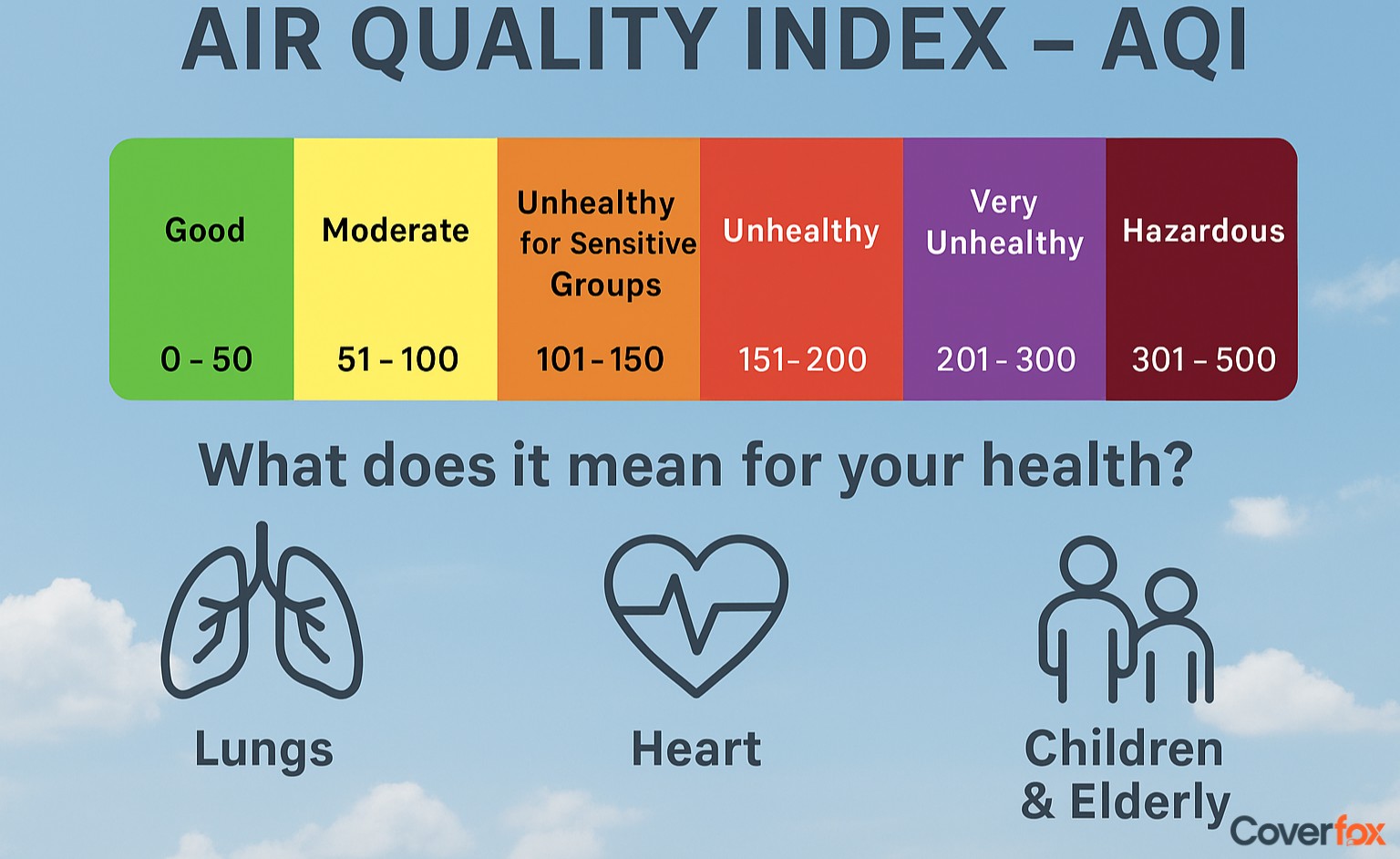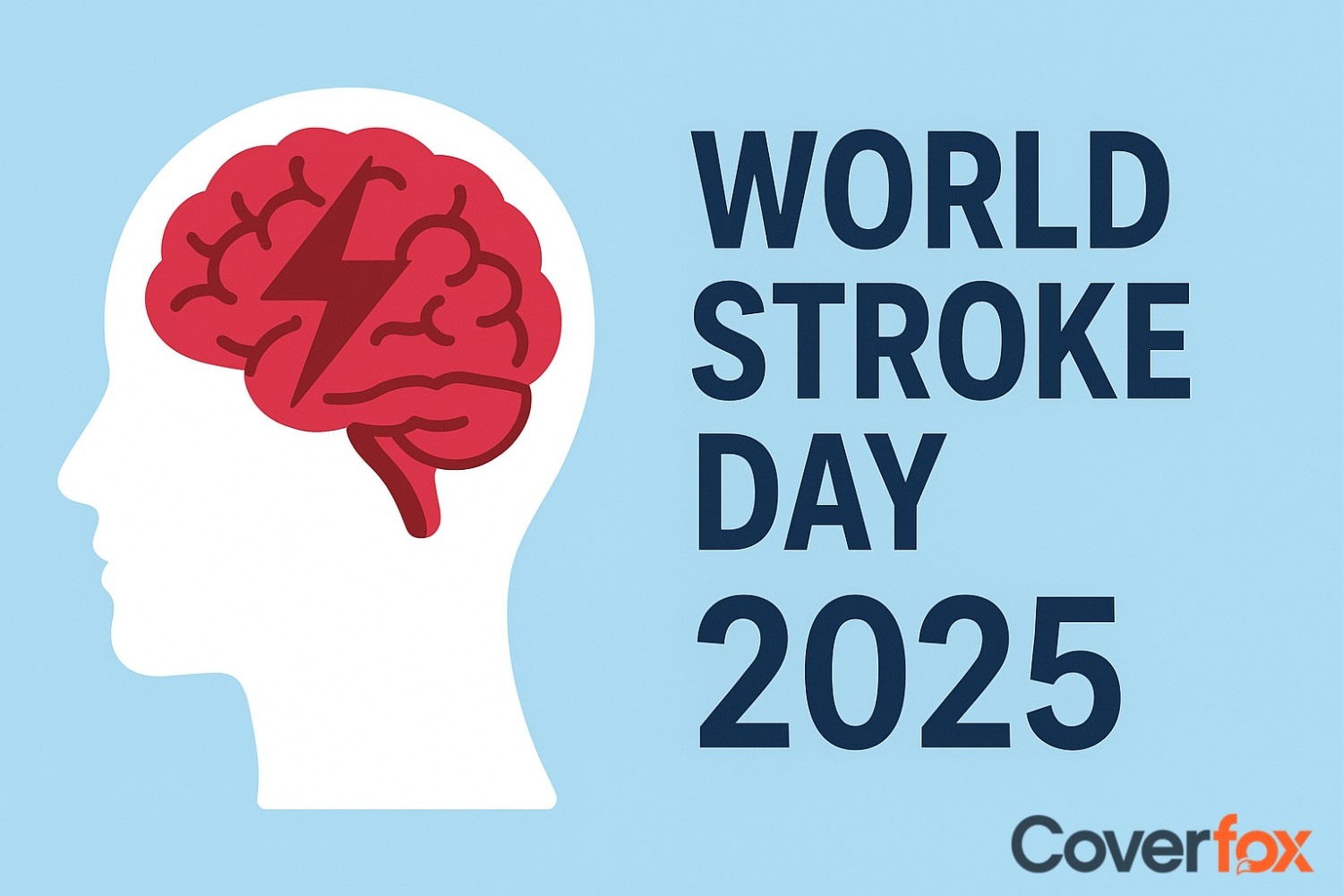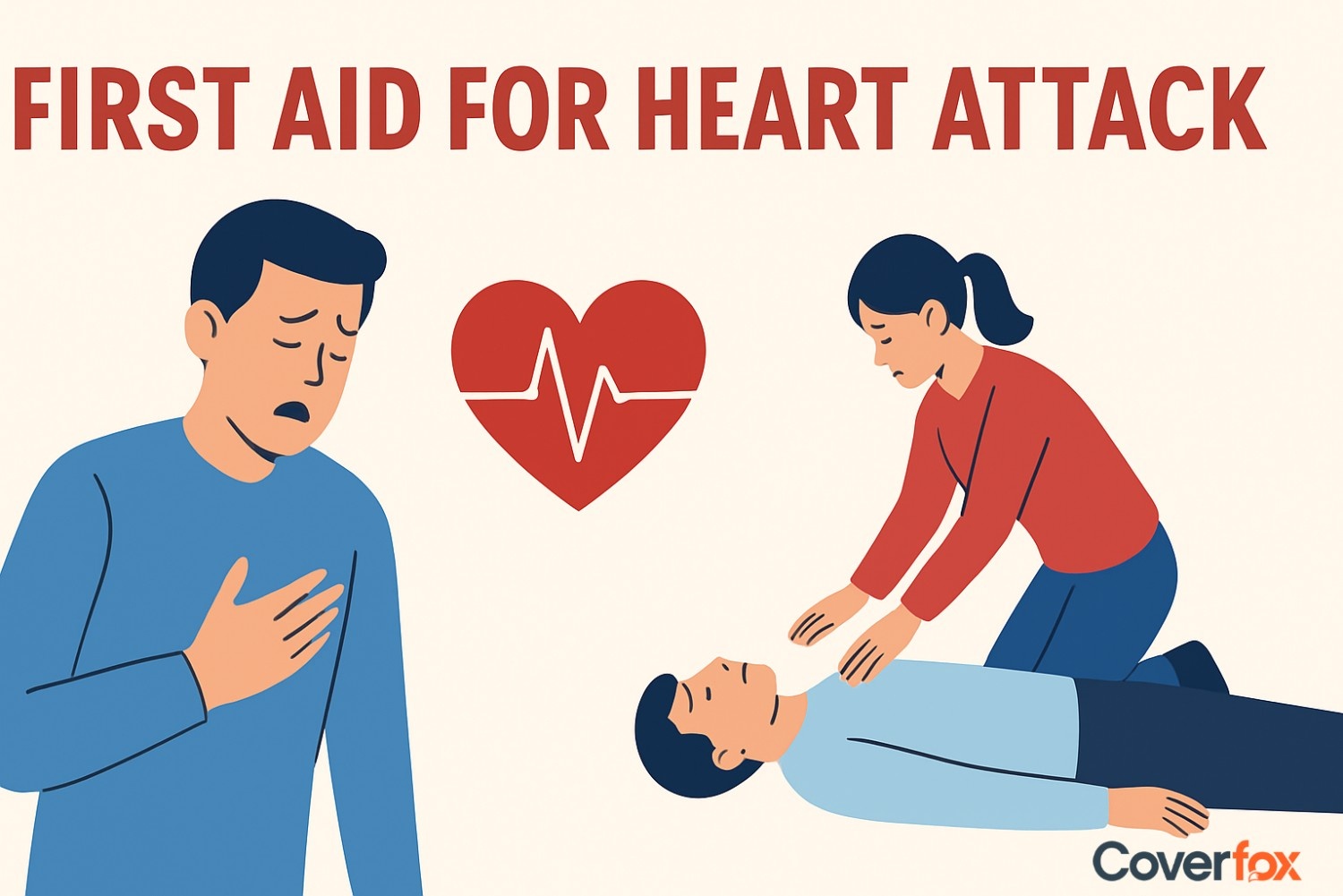World Arthritis Day is observed every year on 12th October to spread awareness about joint health and the impact of arthritis. In 2025, it highlights how the condition is increasingly affecting younger adults, prompting a shift in diagnosis, treatment, and prevention strategies.

The campaign aims to promote early intervention, lifestyle awareness, and collective action towards better joint health.
What is Arthritis?
Arthritis is a condition that causes inflammation and stiffness in one or more joints, leading to pain, swelling, and reduced mobility. It can affect people of all ages and is often related to lifestyle, genetics, or autoimmune factors. Early diagnosis and proper management are key to preventing long-term joint damage.
Types of Arthritis
Osteoarthritis
Rheumatoid Arthritis
Gout
Psoriatic Arthritis
Ankylosing Spondylitis
The most common form, caused by wear and tear of joint cartilage over time.
An autoimmune disorder where the immune system attacks joint tissues, leading to chronic inflammation.
Results from uric acid crystal buildup in the joints, often affecting the big toe.
Develops in some individuals with psoriasis, causing joint pain and skin inflammation.
A type of arthritis that primarily affects the spine, leading to stiffness and posture changes.
The History of World Arthritis Day
World Arthritis Day was first established by the Arthritis and Rheumatism International (ARI) in 1996 to raise global awareness about rheumatic and musculoskeletal diseases. Over the years, the day has grown into a global movement involving healthcare professionals, organisations, and individuals advocating for better arthritis care.
Timeline
- 1996: World Arthritis Day was launched by Arthritis and Rheumatism International (ARI).
- 2000s: Global participation expanded, with awareness campaigns across countries.
- 2010: Focus shifted to promoting early diagnosis and patient empowerment.
- 2020: Digital awareness drives gained momentum, especially during the pandemic.
- 2025: The theme highlights the growing impact of arthritis among younger adults and the importance of preventive care.
The Global Significance of World Arthritis Day
World Arthritis Day holds immense global importance as it unites patients, healthcare professionals, and organisations in spreading awareness about joint health and arthritis management. It encourages open conversations about early detection, lifestyle modifications, and access to better care. The day also plays a vital role in breaking myths around arthritis, advocating for research funding, and promoting inclusion for people living with chronic pain worldwide.
The Theme of World Arthritis Day 2025
The official theme for World Arthritis Day 2025 is “Achieve Your Dreams”. This theme emphasises the aspirations, resilience, and determination of individuals living with arthritis and other rheumatic and musculoskeletal diseases (RMDs). It underscores that with timely diagnosis, effective treatment, and the right support systems, individuals can continue to pursue their goals and live fulfilling lives despite the challenges posed by these conditions.
In addition, the European League Against Rheumatism (EULAR) has introduced the campaign #RMDreams to highlight the personal goals, hopes, and visions that inspire people living with RMDs. This initiative aims to raise awareness about the impact of these diseases and the importance of support in helping individuals achieve their dreams.
Furthermore, the Arthritis Foundation has launched the #WADHigh5 campaign, encouraging individuals to share messages and photos of their hands in a High 5 pose. This campaign aims to increase global awareness of RMDs and empower individuals to take action to improve their lives.
The Impact of Arthritis on the World
These facts indicate the problem arthritis has caused the world:
- 1 in 4 adults has been diagnosed with arthritis by health care providers
- 90% of those living with arthritis indicate that pain interferes with their daily lives.
- Two-thirds of adults with arthritis are younger than 65 and are likely to have arthritis pain at work.
- Approximately 595 million people globally were living with OA in 2020, marking a 132% increase since 1990.
- The knee joint is the most commonly affected, with projections indicating a 74.9% increase in knee OA cases by 2050
- Rheumatoid arthritis affects approximately 0.92% of the adult population in India.
- The prevalence of knee osteoarthritis among the elderly in India is about 47%.
- In the United States, the total annual cost of arthritis is estimated at $303 billion, encompassing medical expenses and lost earnings.
(Sources - Arthritis.or, PubMed, arthritis-india)
Advances in Arthritis Treatment and Care
Recent innovations in arthritis care have transformed the way the condition is managed, offering effective pain relief, improved mobility, and better long-term outcomes. Here are some key advancements with significant impact:
Stem Cell and PRP Therapy
Genicular Artery Embolisation (GAE)
Biologic DMARDs (Disease-Modifying Anti-Rheumatic Drugs)
Gene Therapy
Virtual Reality (VR) Pain Management
Regenerates damaged joint tissues, especially in knee osteoarthritis, reducing pain and improving joint function.
A minimally invasive procedure that decreases knee inflammation and delays the need for knee replacement surgery.
Target specific immune system pathways in rheumatoid arthritis, slowing disease progression and preventing joint damage.
Emerging treatments aim to repair or replace defective genes responsible for joint degeneration, offering potential long-term disease modification.
Provides non-drug pain relief and reduces anxiety, enhancing the quality of life for arthritis patients.
Living with Arthritis: Managing Symptoms
Living with arthritis requires a combination of medical care, lifestyle adjustments, and emotional resilience. Individuals often manage their condition through regular medication, physical therapy, exercise, joint-friendly routines, and a balanced diet to reduce inflammation and maintain mobility. World Arthritis Day serves as a vital reminder for them to prioritise joint health, seek timely care, and connect with support networks, reinforcing that they are not alone in navigating the challenges of arthritis.
How to Get Involved in World Arthritis Day 2025
World Arthritis Day 2025 is an opportunity for everyone to raise awareness, support those living with arthritis, and promote joint health. You can participate in simple yet impactful ways:
Share Awareness on Social Media
Participate in Virtual or Local Events
Support Research and Advocacy
Engage in Fundraising Activities
Educate Yourself and Others
Post educational content about arthritis using campaigns like #RMDreams and #WADHigh5 to reach a wider audience.
Join webinars, workshops, or community walks organised by arthritis foundations and healthcare organisations.
Contribute to arthritis research initiatives or advocate for better policies and healthcare access for patients.
Organise charity events, donation drives, or online campaigns to support arthritis awareness and treatment programs.
Learn about early signs, prevention, and management of arthritis, and share resources with friends, family, and colleagues.
Final Thoughts
Raising awareness about arthritis is crucial as it helps in early diagnosis, better management, and improving overall quality of life. World Arthritis Day unites people globally to highlight the importance of joint health and preventive care. Understanding arthritis also emphasises the role of health insurance online in covering treatments, therapies, and regular check-ups, ensuring patients can access care without financial burden. Continued education and support drive progress toward more effective treatments and a healthier future.
Also Read:
How Do Knee Transplant Surgery Health Insurance Cover in India?
Growing Health Problems in India
Frequently Asked Questions
What is World Arthritis Day 2025?
World Arthritis Day, observed on 12th October, is an annual event aimed at raising awareness about arthritis and other rheumatic and musculoskeletal diseases, promoting early diagnosis, treatment, and joint health globally.
Why is raising awareness about arthritis important?
Awareness helps people recognise symptoms early, seek timely treatment, manage pain effectively, and reduce long-term joint damage.
What are common symptoms of arthritis?
Common symptoms include joint pain, stiffness, swelling, reduced mobility, and fatigue.
Who is at higher risk of developing arthritis?
Older adults, individuals with a family history of arthritis, those with autoimmune conditions, obesity, or previous joint injuries are at higher risk.
What are the most common types of arthritis?
The most common types include Osteoarthritis, Rheumatoid Arthritis, Gout, Psoriatic Arthritis, and Ankylosing Spondylitis.
Can diet and lifestyle changes help manage arthritis symptoms?
Yes, a balanced diet, regular low-impact exercise, maintaining a healthy weight, and avoiding joint strain can help manage symptoms and slow progression.
Can arthritis affect younger people?
Absolutely. Arthritis is increasingly seen in younger adults due to lifestyle factors, injuries, or autoimmune conditions.
Why is World Arthritis Day important for the future?
It highlights the need for research, advocacy, and education, driving progress toward better treatments, preventive care, and a potential cure.
How can I get involved in World Arthritis Day 2025?
You can participate by sharing awareness on social media (#RMDreams, #WADHigh5), joining events, supporting research, fundraising, or educating yourself and others about arthritis.





